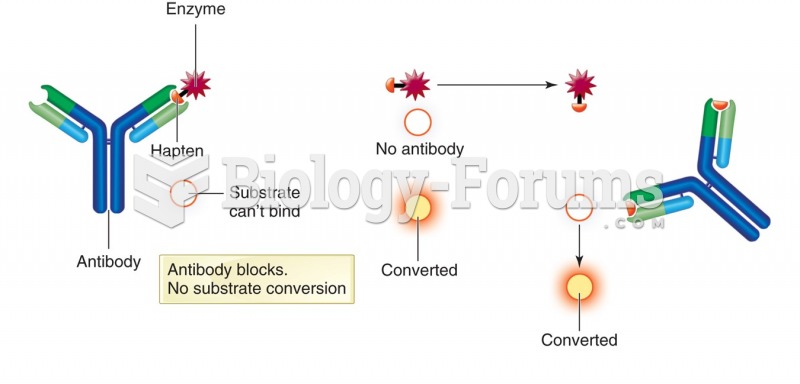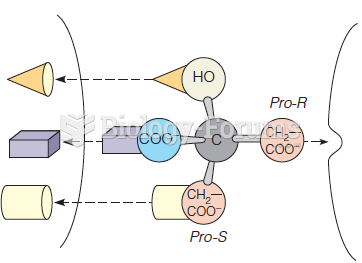A(n) ______ is a principal's clear signal to be bound to the otherwise unauthorized agreement.
a. implied ratification
b. real ratification
c. delayed ratification d. explicit ratification
e. none of the other choices are correct
Question 2
Copyrights in Digital Information. Sega Enterprises, Ltd., develops and markets video entertainment systems, including the Genesis console and video game cartridges. Accolade, Inc, is an independent developer, manufacturer, and marketer of computer entertainment soft-ware, including game cartridges that are compatible with Genesis and other computer systems. Sega licenses its copyrighted computer code and its trademark to developers of Genesis-compatible games in competition with Sega. Accolade chose not to purchase a license from Sega, however, but to reverse engineer Sega's games to discover the requirements of the code that would make Accolade's games compatible with Genesis. As part of the reverse engineer-ing, Accolade transformed the machine-readable object code contained in Sega's game car-tridges into human-readable source code using a process called disassembly. At the end of the process, Accolade created a manual that incorporated the information it had discovered about the requirements for a Genesis-compatible game. The manual did not include any of Sega's code. With the manual, Accolade created a new computer code; with this code, Acco-lade developed Genesis-compatible games. Sega sued Accolade, claiming, among other things, that Accolade's disassembly of its computer program constituted copyright infringement. Accolade contended that its disassembly of the code was a fair use. How should the court rule? Discuss fully.







